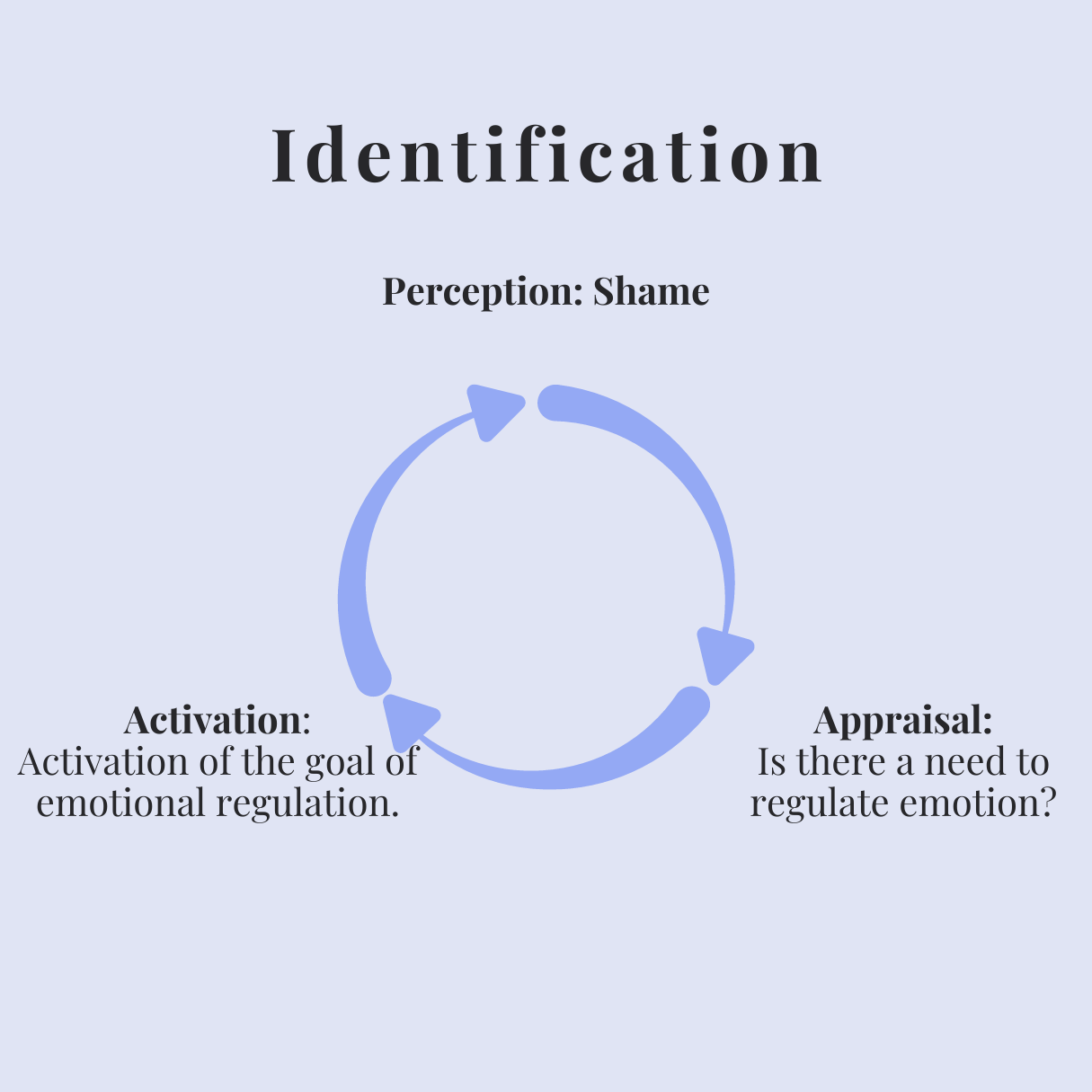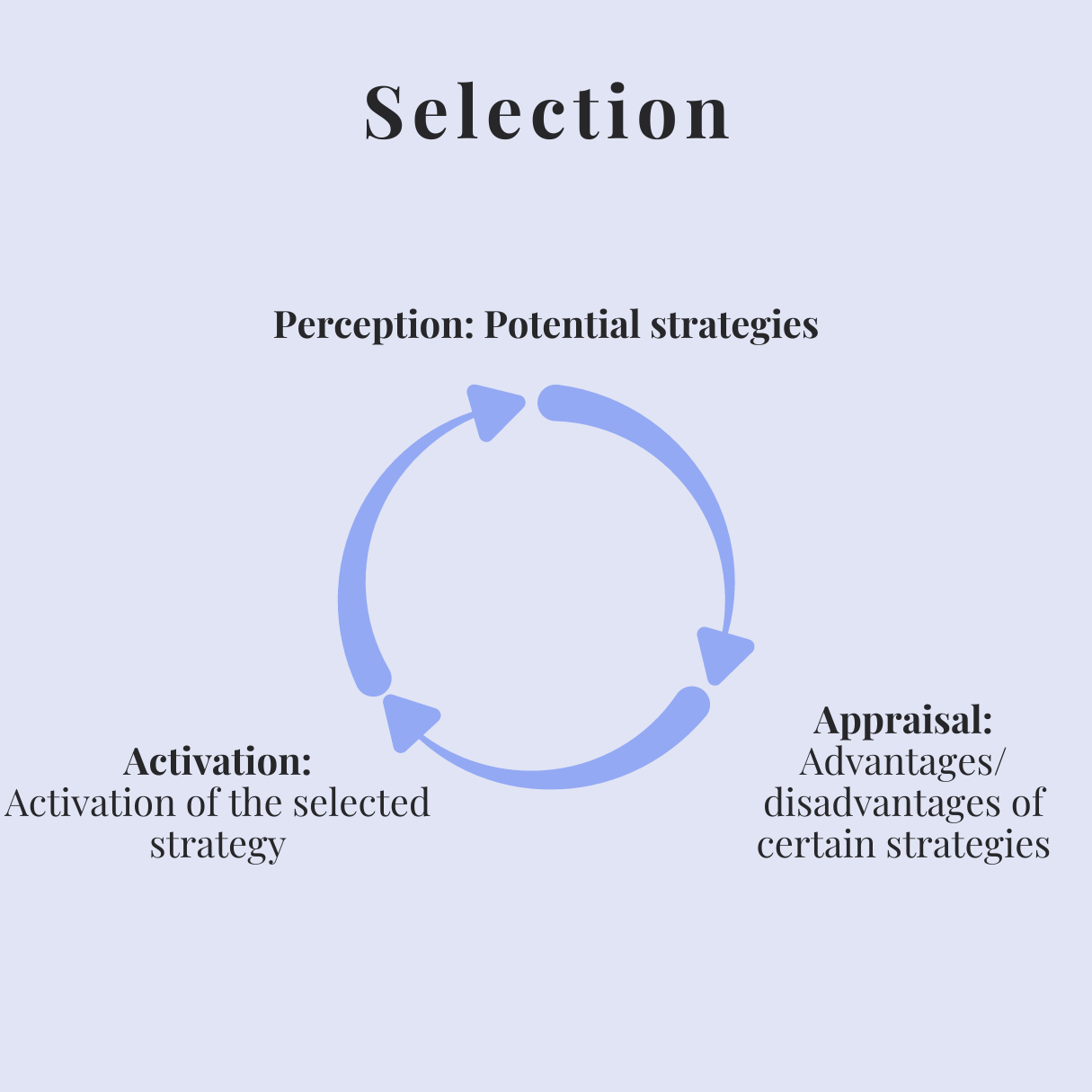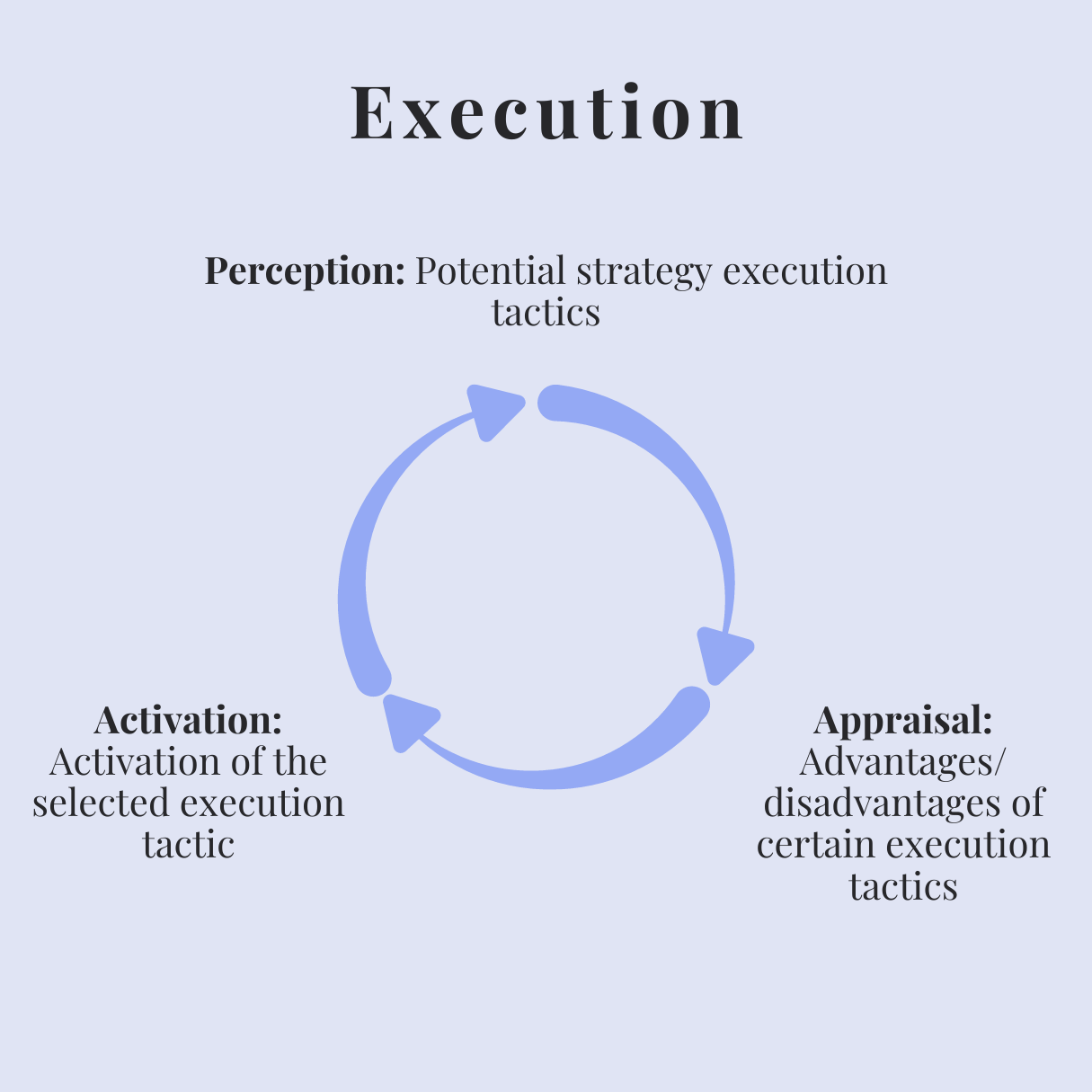Emotional processing
Recently, a number of scientific hypotheses have been proposed on the mechanistic and aetiological role of emotions in functional neurological impairment (Jungilligens et al., 2022).
Emotional regulation refers to the ability to control one's own behaviour when experiencing intense emotions. Individuals may have problems with a lack of emotional regulation, where intense emotions influence and guide their behaviour, or they may have problems with over-regulation, where they disengage from emotional states in an attempt to manage them (dissociation process).
In patients with FND , it is assumed that there is a fluctuation and alternation between hyper- and hypo-arousal. Hyperarousal is characterised by somatic overload, emotional reactivity and difficulties with emotional regulation, whereas hypoarousal is characterised by dissociation, emotion overregulation, alexithymia and avoidant behaviours (Baslet et al., 2014).
Neuroscience studies have found that patients with FND have:
-
This results in increased 'bottom-up' activation of the amygdala and periaqueductal grey, as well as deficient prefrontal control over these areas.
-
This results in increased 'bottom-up' activation of the amygdala and periaqueductal grey, as well as deficient prefrontal control over these areas.
-
Alexithymia (the experience of autonomous arousal in the absence of perceived negative affect).
-
Increased limbic influence over motor behaviour.
-
-
-
Increased limbic influence over motor behaviour.
(Aybek et al., 2014; Aybek et al., 2015; Bakvis et al., 2009; Baizabal-Carvallo et al., 2019; Demartini et al., 2014; Drane et al., 2020; Jungilligens et al., 2019; Lanius et al., 2010; Pick et al., 2019; Voon et al., 2010).
Emotional Processing Model( EPM)
The emotion processing model represents a continuous and multimodal process of emotion regulation, consisting of three stages of evaluation:
Identification
Selection
Execution
Each level consists of three sub-steps. The first sub-step is perception and refers to the representation of the internal and/or external environment. The representation is then compared with the goal-directed state, which constitutes the evaluation sub-step. The last sub-step is the action step, which is triggered when there is a sufficient difference between the internal/external environment and the target state.
Within the identification process, the individual identifies an emotion (e.g. shame). He decides whether to regulate the emotion, given the discrepancy between the current emotion and the target emotional state.
This is followed by the selection stage, where the individual chooses a strategy to regulate his/her emotion (e.g. allocation of attention).
This triggers the implementation stage, where the person implements a set of tactics and strategies (e.g. distracting from the experience of shame) to try to regulate their emotional state (e.g. experiencing less shame).
Until the target is reached, there is a cycle between these phases.
Problems with emotional regulation can occur at any stage of the model.
-
Aybek, S., Nicholson, T. R., O'Daly, O., Zelaya, F., Kanaan, R. A., and David, A. S. (2015). Emotion-motion interactions in conversion disorder: an fMRI study. PloS one, 10(4), e0123273.
Aybek, S., Nicholson, T. R., Zelaya, F., O'Daly, O. G., Craig, T. J., David, A. S., and Kanaan, R. A. (2014). Neural correlates of recall of life events in conversion disorder. JAMA Psychiatry, 71(1), 52-60.
Baslet, G., Dworetzky, B., Perez, D. L., and Oser, M. (2014). Treatment of Psychogenic Nonepileptic Seizures. Clinical EEG and Neuroscience, 46(1), 54-64. doi:10.1177/1550059414557025
Perez, D. L., Nicholson, T. R., Asadi-Pooya, A. A., Bègue, I., Butler, M., Carson, A. J., ... Aybek, S. (2021). Neuroimaging in Functional Neurological Disorder: State of the Field and Research Agenda. NeuroImage: Clinical, 30, 102623. doi:10.1016/j.nicl.2021.102623.




